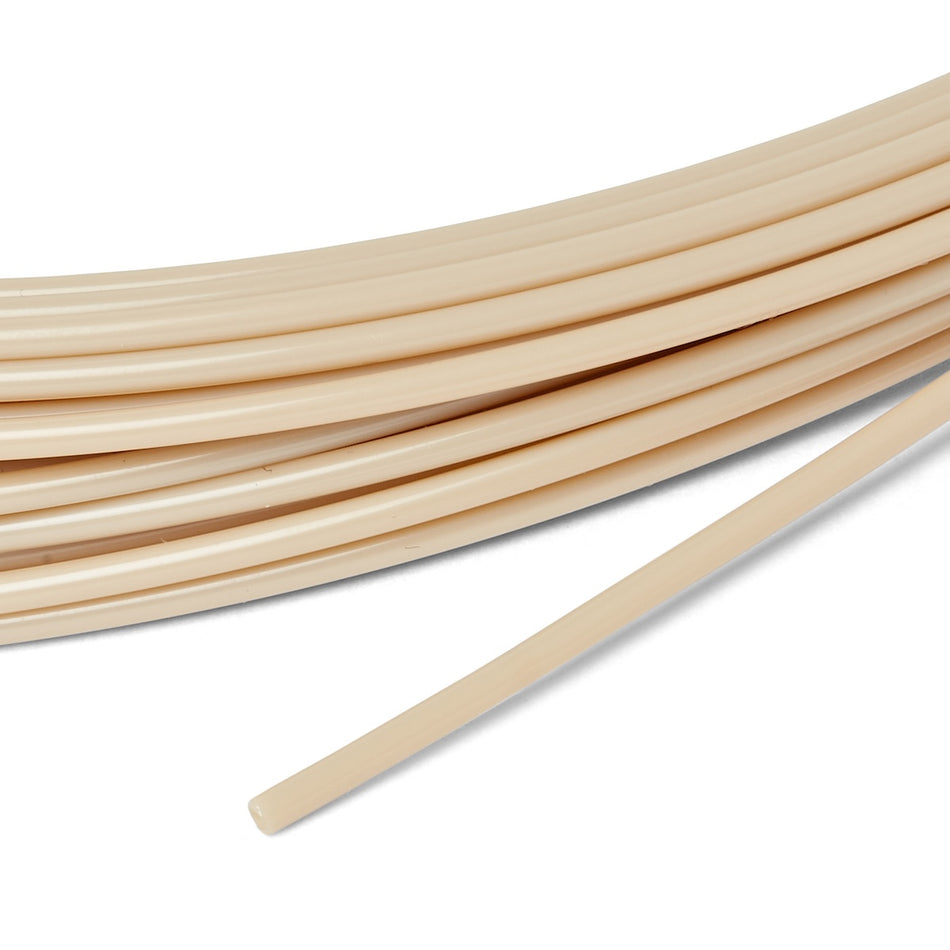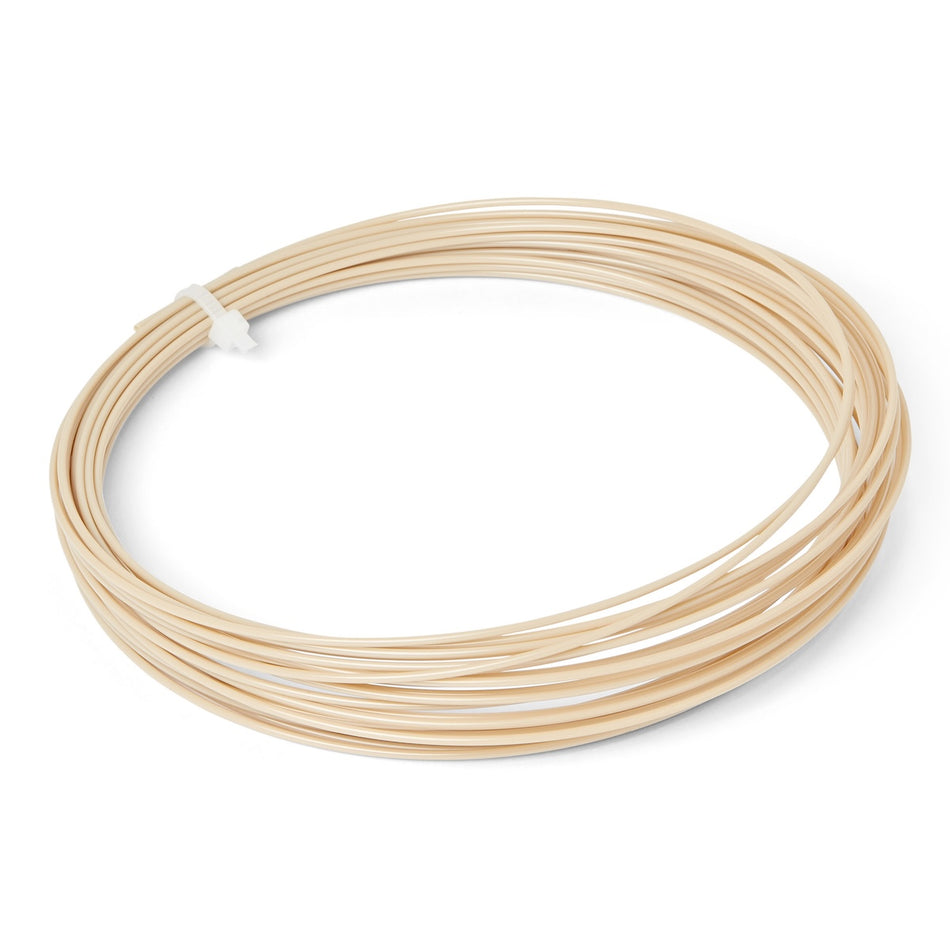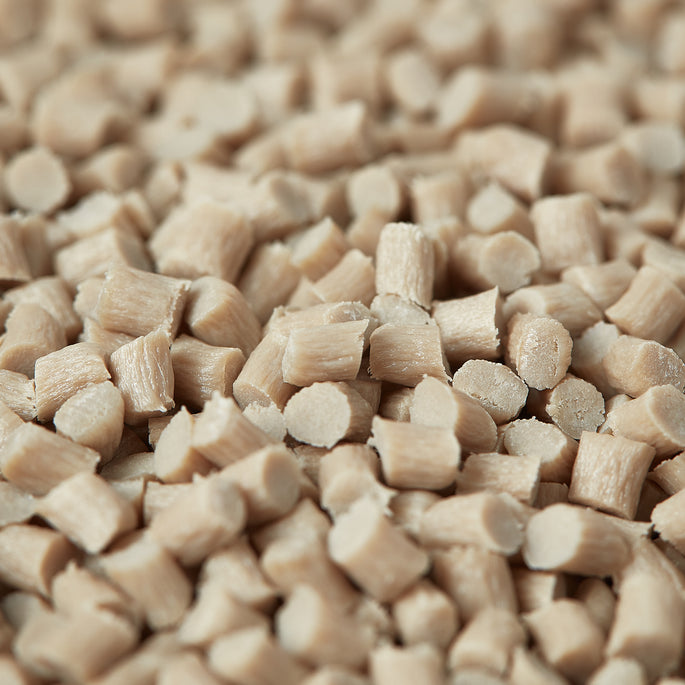HPLC Tubing
HPLC tubing, also known as capillary or chromatographic tubing, is a critical component of HPLC systems. It functions as a conduit for the mobile phase and sample, enabling their flow throughout the chromatographic setup.
HPLC tubing is characterized by its small diameter, typically ranging from 1 mm to 5 mm or smaller. The narrow diameter allows for efficient liquid flow and reduces system volume, minimizing sample dilution and enhancing separation resolution.
The length of HPLC tubing varies based on system complexity and requirements, spanning from a few centimetres to several meters. Longer tubing lengths can increase separation efficiency and provide more time for interaction between the sample and stationary phase.
The inner surface of HPLC tubing must be smooth and inert to minimize interactions with the sample. A smooth surface reduces the potential for sample adsorption or carryover between runs, ensuring accurate and reproducible results.
HPLC tubing is connected to various system components, including injectors, columns, and detectors, using fittings or connectors. Secure and leak-free connections are vital to maintain system integrity and prevent sample loss or contamination.
The choice of HPLC tubing depends on factors such as analyte properties, required flow rate, and compatibility with the mobile phase and solvents. Tubing materials must exhibit chemical resistance, low adsorption characteristics, and mechanical stability to withstand system pressures and temperatures.
HPLC tubing is available in various materials, each with its own considerations and advantages in terms of chemical compatibility, thermal stability, and mechanical strength.




